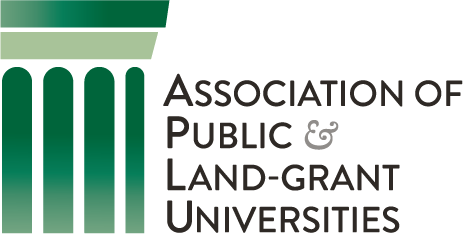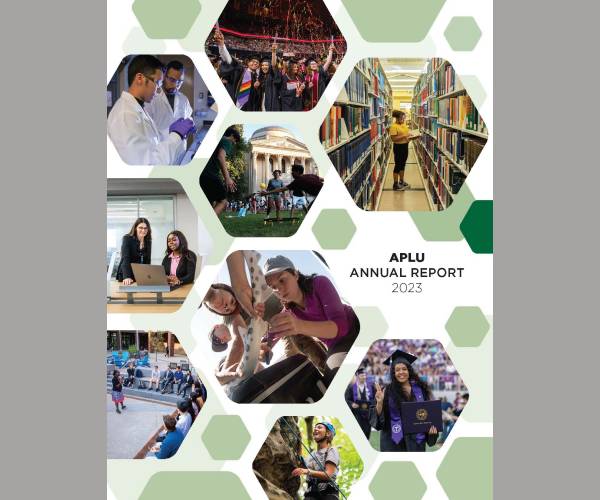Ensure a Safe and Secure Food Supply that Protects and Improves Public Health

Proper food safety and sanitation practices are public health concerns that must be addressed in order to achieve food and nutrition security. Food safety will continue to be an increasingly critical area of concern as the food supply chain becomes even more global. In the United States, an estimated 1 in 6 (48 million) Americans become ill, another 128,000 are hospitalized, and 3,000 die of foodborne diseases like Norovirus, Salmonella, and Listeriamonocytogenes each year. In low-income countries, an individual’s ability to absorb and utilize nutrients from food is affected by a number of non-food related factors, including safe water, sanitation facilities, and hygiene (commonly referred to by the acronym WASH).
It is important to be able to quantify and predict the risk of unsafe food. The growing world population, along with increasing consumer demands for a variety of foods, present a very complex supply chain where foods and ingredients come from different countries, fields, bodies of water, and farms—all of which are subject to different food safety programs, infrastructures, and potentially hazardous contaminants—thus creating vulnerability to outbreaks around the world. A number of organizations, including the WHO and the FAO, are currently building networks to facilitate the flow of information and increase collaboration among different countries. Changing climate conditions, such as changes in rainfall patterns, affect food safety by impacting the resistance, dissemination, and persistence of bacteria, viruses, parasites, and fungi, and their respective foodborne diseases.
It is clear that the challenge of keeping food safe in a highly interconnected and globalized world must be addressed in a way that is collaborative and coordinated and that includes research institutes,governments, industry, and the public. This requires committed resources, improved communications, and directed efforts to assure safety and sustainability in the convergence of animal, human, and environmental health.
The Pathway to Meeting the Challenge
- Collaborate to improve understanding of the animal-human-environment health continuum through the ONE Health initiative.
- Develop more effective preventative controls through developing and testing technologies that assess critical points, mitigate risks in the food chain, and allow the timely detection of potential foodborne illness outbreaks, particularly in fresh produce and raw seafood.
- Improve surveillance of antibiotic use, develop tools for source attribution, improve management practices, and find effective alternatives for treating antibiotic resistance.




Stay Connected
X (formerly Twitter)
Facebook
YouTube
LinkedIn
RSS